Luxury Brand Exclusivity Strategies: Effective Guide to Maintain Brand Perception
About fifty years ago, the concept of "luxury" was very simple - it was a label that divided the haves and the have-nots. Brands like Christian Dior SA and Chanel are all the rage, and everyone has a lot of respect for them. These types of luxuries have a high price and a desire that cannot be afforded only by the rich, famous and fashionable. A complicated advertising system is not necessary at all.
It's mostly verbal. That's luxury: it's not about chasing customers, it's about making them chase them. Despite all these developments in the luxury market, some brands have managed to keep something unique in the industry. The easiest and most common way to get this would be the VIP treatment.
Luxury Brand Exclusivity Strategies
One of the key elements of a successful luxury brand strategy is to create demand through exclusivity. Exclusive items can be obtained in different ways, such as creating limited edition products, making certain products available only in certain stores, or creating a waiting list for new releases.
Many luxury brands are known to host private events for only their most prestigious clients. These events are complete with the best food, the best champagne and the best products that the brand will offer only for VIPs.
For example, Louis Vuitton is known to organise at least four important events every year, for its best customers around the world. Mainly held at times like Christmas and Valentine's Day, and whenever it is considered appropriate to celebrate. These events include first-class hors d'oeuvres and, of course, Moët et Chandon. Most importantly, to show things off, customers can only go by calling.
Another way to maintain the inaccessibility of luxury brands is through the production of limited-edition products. For example, Hermès, a leading luxury brand in fashion, came to the production of the Birkin bag, after the success it received from its predecessor - the Kelly bag. The Hermès Birkin is one of the most sought-after items in the fashion industry and is known to have a two-year waiting list, in addition to its high selling price.
How Do Luxury Brand Create Exclusivity
According to 69% of luxury goods consumers, the personal touch. While the in-store touch shopping experience is being removed, technology plays an important role in building relationships with customers. As well as providing new ways to connect customers and purchases.
Rich, personalised engagement is here to stay. Most of the time, luxury brands are looking for a perfect audience, limiting the number of people they can, and any information for everyone to ensure that they always feel alone. There is no comprehensive view of granular customer segments that can be calculated and combined with personalised creative, for better customer retention and higher value customer acquisition.
Customer data should be used to better understand what customers view, buy and add to their baskets, which offers to influence them and which they react to. This information is at your disposal and you can use it to create a richer and more valuable experience by targeting ads accordingly. By using cues such as past purchasing behaviour, preferences, moods and situations, luxury brands can make consumers feel that their messages are tailored specifically to them - they are unique and tailored, just like a brand the body itself.
The luxury consumer expects to be noticed, not treated as a member of a larger audience. This concept can help luxury brands approach products, content and services in a more meaningful way. Wavemaker's cognitive research found that the location of the meaning of form is also important. Messages posted in premium environments such as editorial support on Twitter or underwater merchandise on META saw their goals triple.
For example, Louis Vuitton took to Twitter to invite people to watch its Fall/Winter 2021 fashion show in Seoul. The brand connects with those interested in early tweets and customised messages, reminding them to live the show. A total of 1.6 million tweeters received personalised invitations, resulting in 26.8 million people tuning in to watch - all of whom felt like they were on the front lines.
Why Are Luxury Brands Exclusive?
Luxury is hard to describe; it is expensive but not too expensive. It is high and permanent, but it will be the future. It's beautiful but unique. It is not only rare but also difficult to obtain. It is based on work but elitist. Luxury is a belief based on elucidation.
Here are six key factors that we at believe the identity of a luxury brand is based on:
1. Value
It is the simplest answer to "What is luxury?" It may also be the most important. Spending alone does not form the identity of a luxury brand. Remember that people are more willing to look at a brand than the type of thing they will buy. It is not equal to their luxury and mind. You must give.
2. Quality
Now we are getting there. Luxury products tend to be more expensive, made with higher quality materials and last longer than their competitors. A touch of fine craftsmanship is unmatched by luxury brands. Customers are looking for the best products and services made by top professionals. This is often instantly recognisable, which separates the different types of luxury markets. If any of these things don't agree with your target customers, your brand perception can go from "luxury" to "torn" in an instant.
3. Design
Luxury is a statement of identity. It is rare, so seeing you with a luxury brand shows you differently from the common things. The appearance of a luxury item should define its quality and uniqueness. Consumers are eager to recognise brands that excel themselves by creating beautiful designs. The decoration of the luxury style should express the character that supports it.
4. Meaning
Luxury and authenticity must be built. Increased capacity, better materials and durability are all available. This price reflects the increased use of these materials in luxury products. The body is designed to identify these qualities uniquely. These things are real.
5. Exclusivity
Most of the products that are beautiful, powerful, and well-made are considered to be mainstream because their brands use power to get them. They are not considered a luxury as they are common and easy to own. The final aspect of a luxury product is its rarity. If it's hard to get or have, it's fun.
6. Impressive service
Finally, no luxury brand can ignore the service aspect that supports its product. Few things will lower your brand in a customer's mind faster than talking to an automated system instead of a real person or waiting two weeks for a response to a complaint. Spending money on luxury means that a high level of service is expected.
Effective Guide to Maintain Brand Perception
Maintaining your brand’s public perception can daunting task if you can't afford a big PR firm and invest millions in TV ads, but a little effort can add up to a big difference. Follow these five steps to create positive ideas and put them into practice.
1. Get inspiration from competitors
Looking at what your closest competitor is doing to promote themselves effectively can give you a lot of insight, especially since they may be working with similar resources (rather than trying to copy mega brands). Using Attest, you can survey consumers to find out which brands resonate with them, which messages resonate best, and how they receive those messages.
For example, you can find out that your competitors' customers have seen what they are doing on their YouTube channels or how they are working with influencers.
You can also use the competition monitoring tool to keep an eye on the content your competitors are producing and see how successful it is, that is, if your competitor is publishing a lot of popular "how-to" blogs to get lots of social shares, why not try something similar to yourself? You can also use these tools to target key influencers who can help spread your message.
2. Organise the interior of the brain
Once you've gathered all the data from your research, it's time to work on your branding strategy. Analyse the feedback you receive to better define your strengths and weaknesses. If it's about having strong internal values and cultures, but these don't translate globally, think about communicating them. As a result of your customer research, you should have a better idea of what motivates customers, which will help you create messages that will respond.
You can test your creative idea with consumers before investing heavily in promotion, to see how effective it will be. If, on the other hand, you don't have a clear definition, to begin with, then you have to make an effort to find out what you stand for. This may include a complete name change to ensure you have a recognisable and consistent identity throughout your career. Remember that you can also test things like logos, slogans, and branding before making the change.
3. Make it a priority
To change the perception of your brand, you need to commit - it won't happen by itself and it won't happen overnight. The best way to see what happens when researching and analysing ideas is to capture individuals. Create a brand awareness team or assign the task to just one person. In this way, there will be direct questions and no confusion about who should do something. Make sure that the people or person tasked with promoting brand awareness have the time, support, and resources to do the job.
This may mean taking employees away from other jobs, but influencing these changes will support the health and value of your brand in the long run, so it's worth the sacrifice.
4. Set SMART goals
Create an action plan outlining each plan you propose and establish a delivery schedule. Set broad goals, but make them specific, that is, don't just say "I want a better understanding", break them down into specific goals like "I want to 20% increase the sales on product X”.
If you set smaller goals that fit into your main goal, you will be able to achieve them. In addition, having continuous progress will be a great motivation for you and your team.
5. Always consider your brand concept
To know if you are achieving your goals, you will need to continue to measure the customer's opinion about your brand. Attest's Brand Intelligence gives you a clear and comprehensive overview of your current brand's strengths, weaknesses, opportunities and strengths.
Because they are easy to repeat, evaluations can be applied at any time, giving you the ability to compare your progress. Once you've achieved your goals, don't stop focusing on brand awareness. Unfortunately, it's a moving party and can change, even if you don't. For example, the feeling for your brand can change as the process comes and goes - suddenly you find yourself that it is not necessary as it was before.
Stay close to your customers, and consumers in general, by always being in touch and making sure you don't get left behind.
Summary
When looking for luxury, there is no single concept to set your sights on. However, it is about creating a sense of exclusivity.
Luxury is a feeling, a belief, a state of mind and a way of life. A luxury brand that, above all, will adjust the line of work to the standards of their customers while creating new and interesting things, or rather demanding will be incredibly successful in their endeavours.
Subscribe To Us










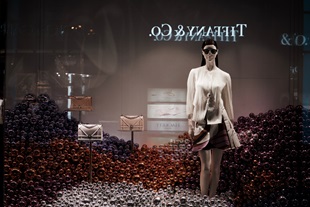


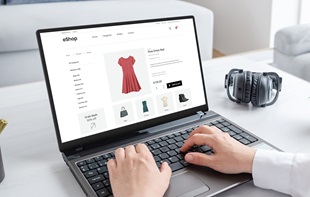






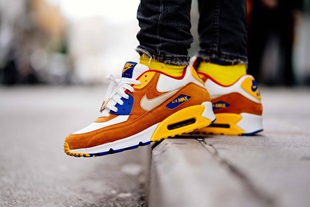

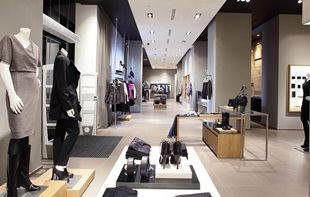



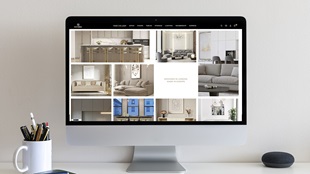
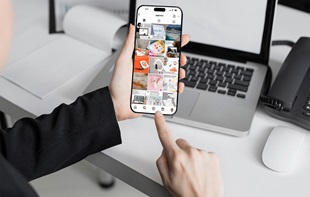

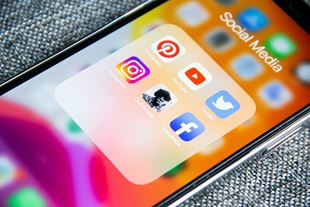

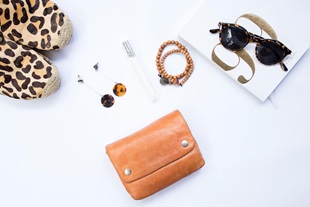



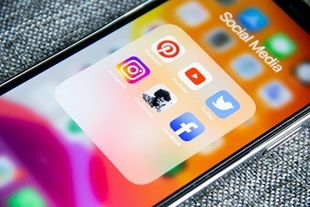
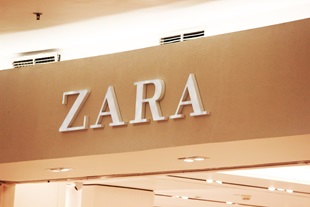


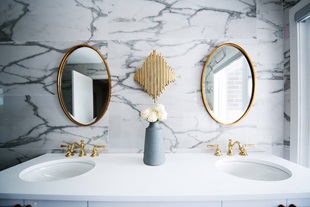




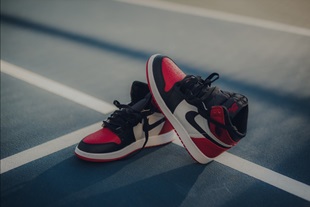


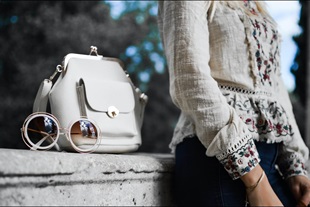

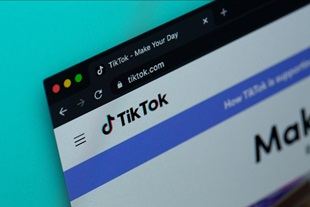


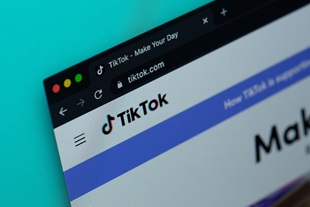
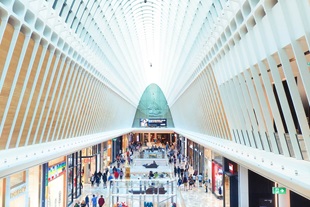

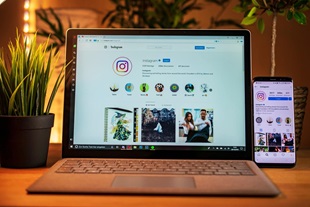


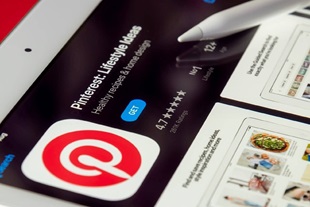
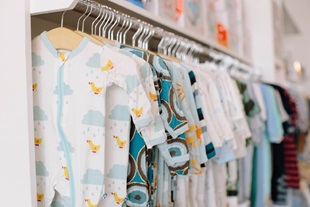
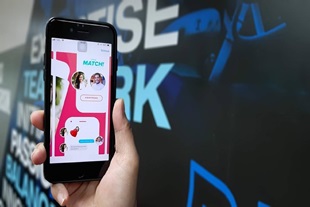





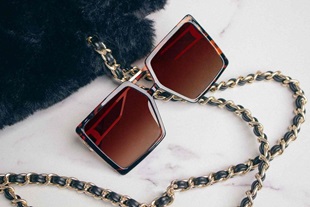


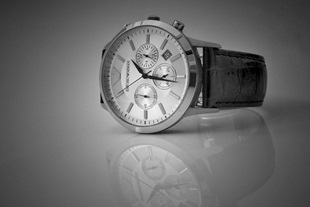

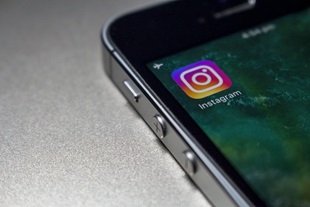
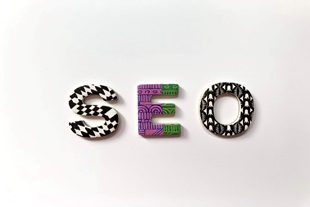

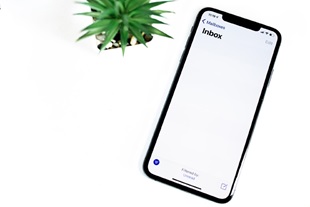
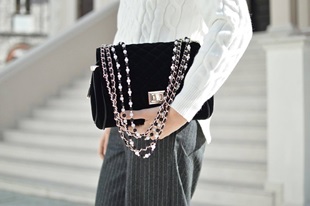
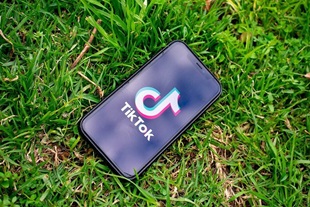

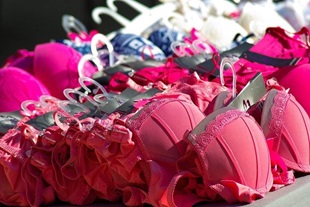


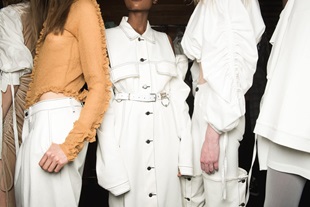

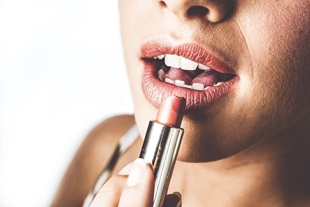



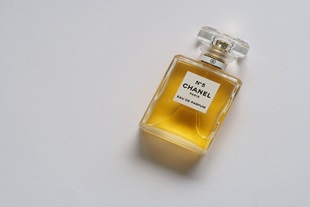
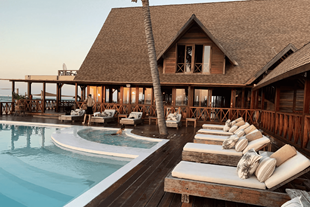
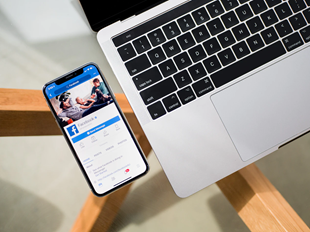


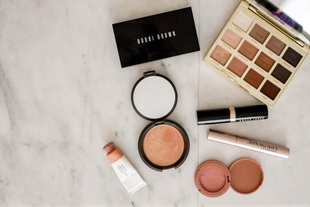
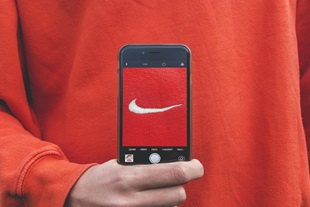


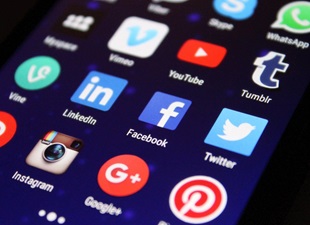


.jpg?mw=310)
.jpg?mw=310)

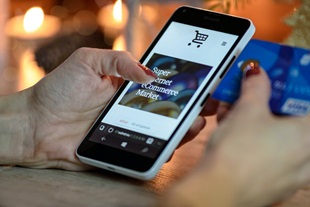
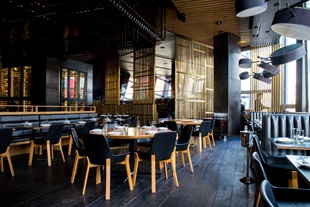

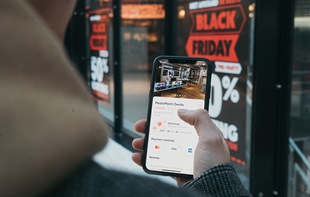





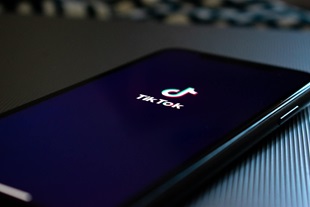


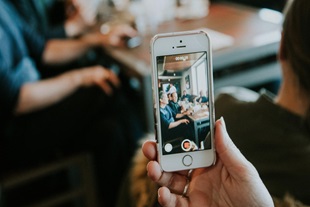


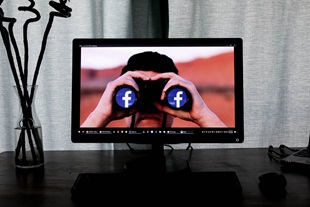







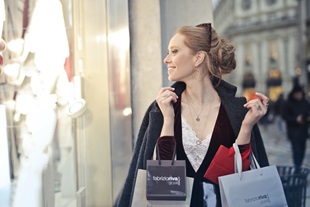
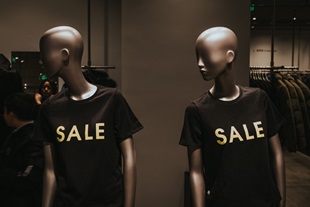
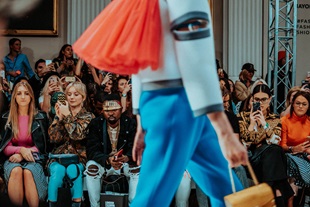
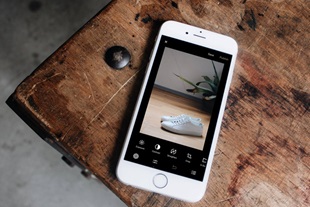
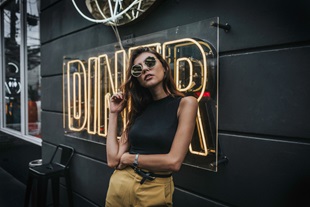



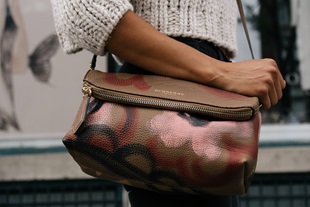
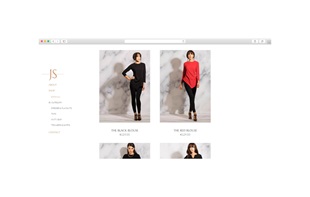
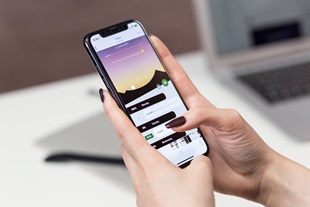
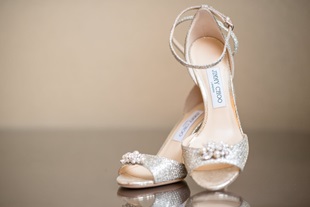




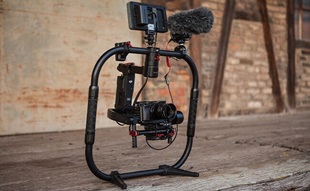
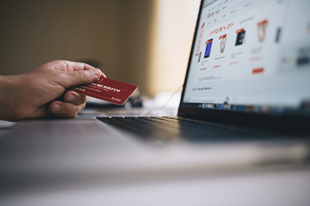






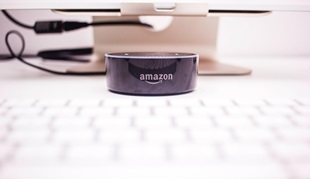


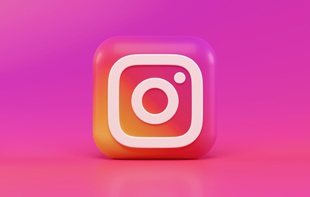




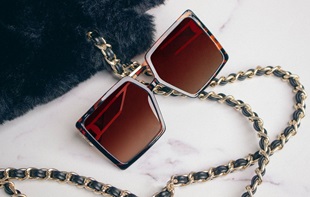

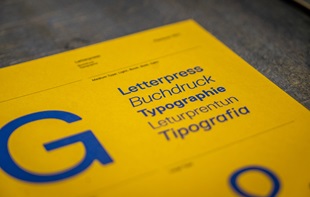
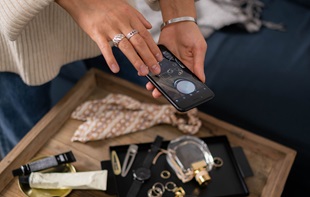
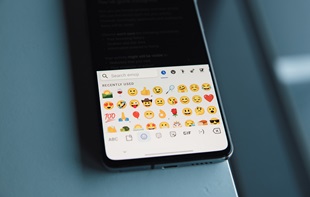

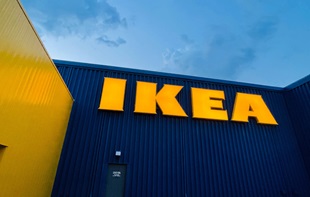
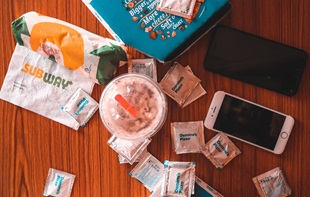
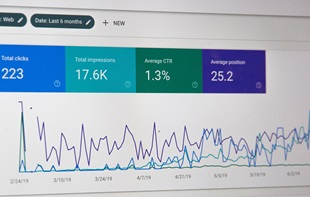
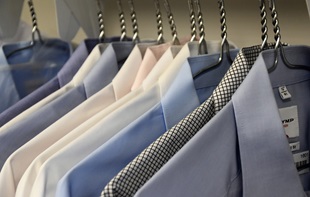

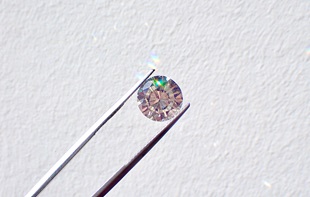

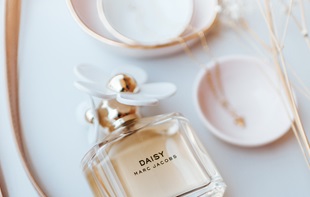
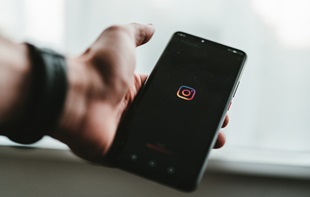

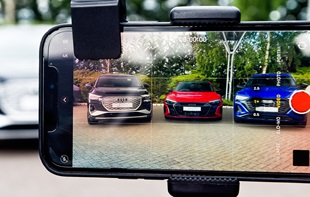
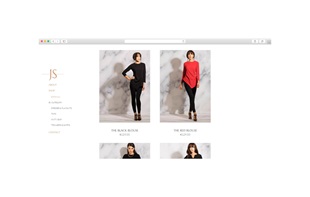
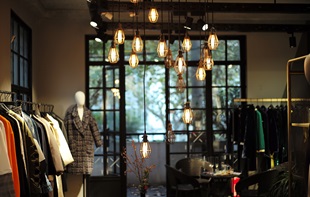


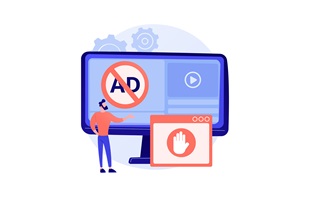
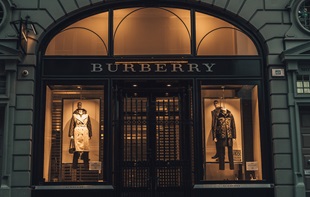

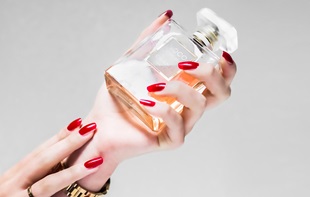
![The impact of online reviews on your business [Infographic]](/-/media/The-impact-of-online-reviews-on-your-business.jpg?mw=310)


![10 latest trends in digital marketing for beauty brands [Part.2]](/-/media/Appnova/Blog/ScreenShot20151026at1500471940x567/10-latest-trends-in-digital-marketing-for-beauty-brands-Part-2.jpg?mw=310)
![10 latest trends in beauty web design and digital marketing [Part.1]](/-/media/Appnova/BannerImages/18376519151_bbeaa6dafc_b-1/trends-in-beauty-web-design-and-digital-marketing/10-latest-trends-in-beauty-web-design-and-digital-marketing-Part1.jpg?mw=310)
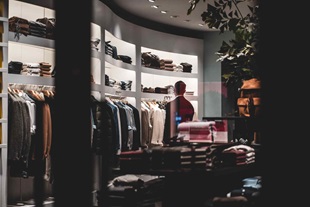


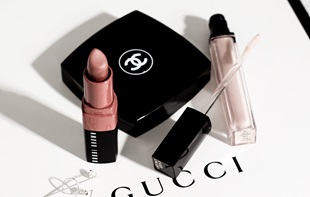
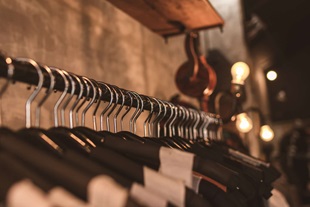





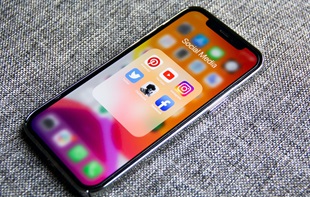
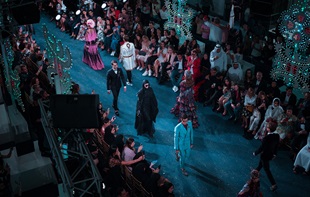

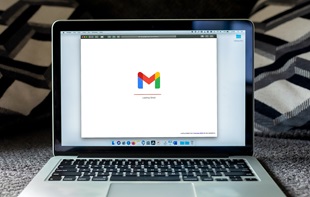




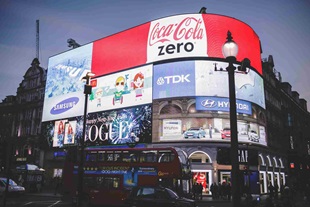

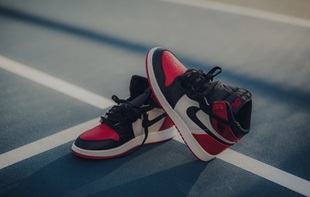


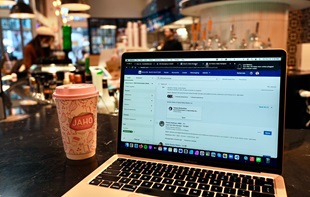


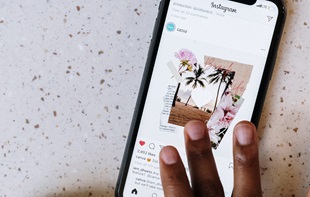
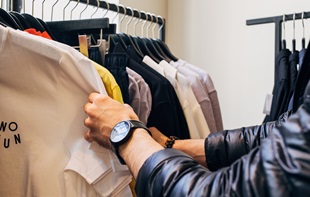


![15 crazy things people search on Google [Infographic]](/-/media/crazy-things-people-search-on-Google.png?mw=310)



![How to LOSE Twitter followers in 15 ways [Infographic]](/-/media/Appnova/Blog/08-internal-768x534.jpg?mw=310)
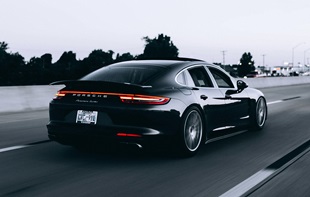
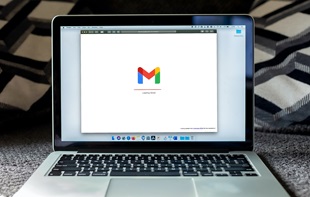

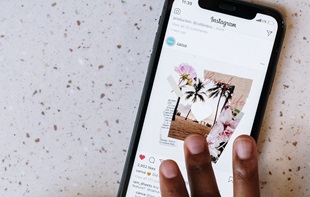


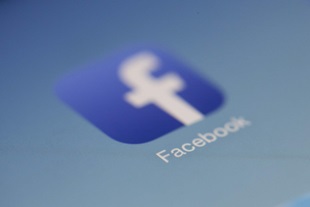


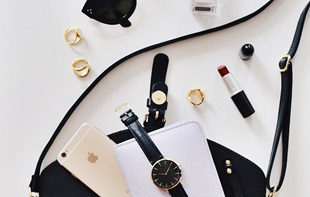




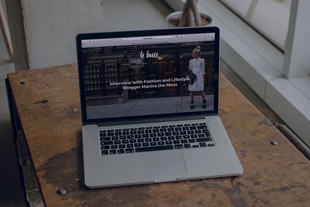
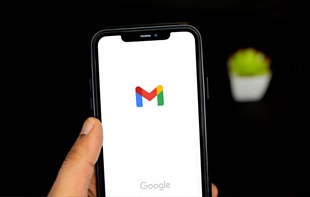

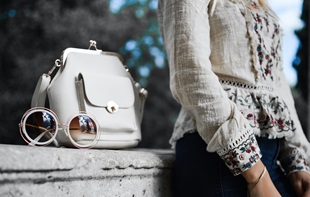

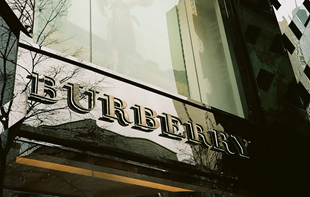

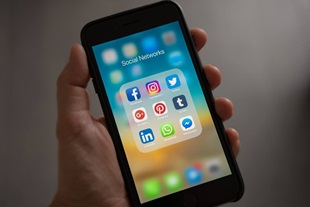
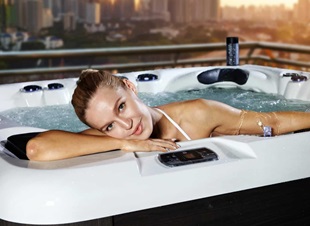
.jpg?mw=310)
.jpg?mw=310)
.jpg?mw=310)
.jpg?mw=310)
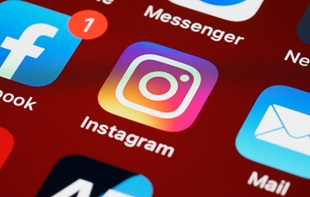
.jpg?mw=310)
.jpg?mw=310)


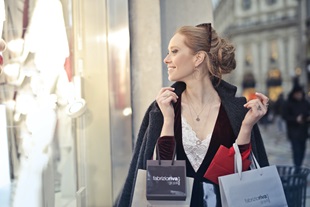

0.Comments